MIBS 2024: Skyhawk Oversea, a fresh look at monitoring
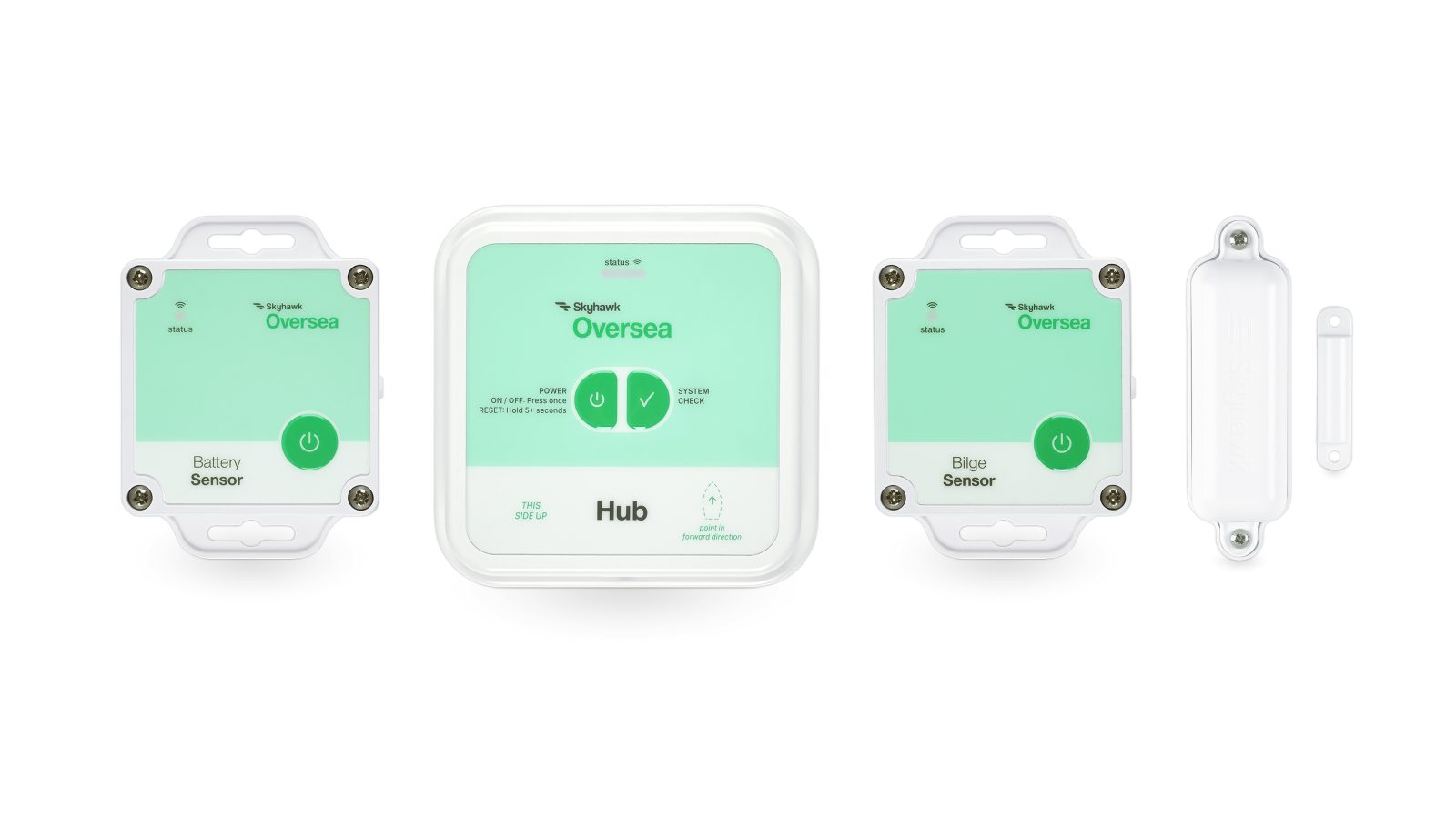
Boat monitoring isn’t a new concept or product category. Heck, it’s been 17 years since Ben E. wrote up the first monitors on Panbo. So, you may be wondering what could be so new that my fellow judges and I awarded SkyHawk Oversea at MIBS this year. The short answer is a lot. The longer answer is Skyhawk took a fresh look at most of what we know about boat monitoring and came up with something very different. Will it work? Honestly, I don’t know. But I sure do love the paradigm-pushing approach they took.
The system
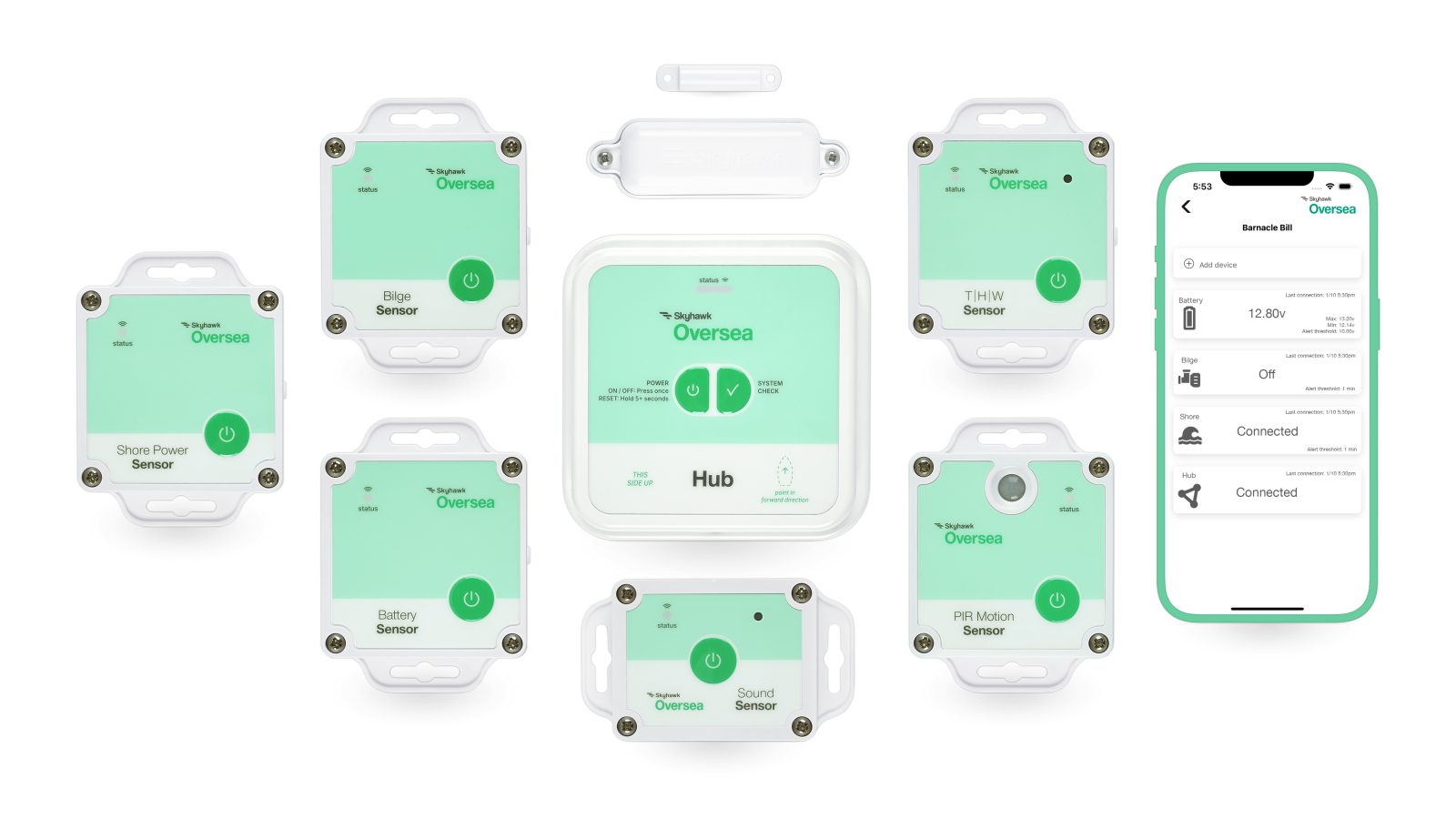
The Skyhawk Oversea Hub is the core of the system. It has two primary roles: first, as the name implies, it serves as a communications hub for other sensors, and second, it serves as a GNSS-based tracking sensor enabling location monitoring, trip logging, and geofencing. The hub’s communications role is quite different from any monitoring system I’ve seen to date.
Any hub will do; almost anywhere
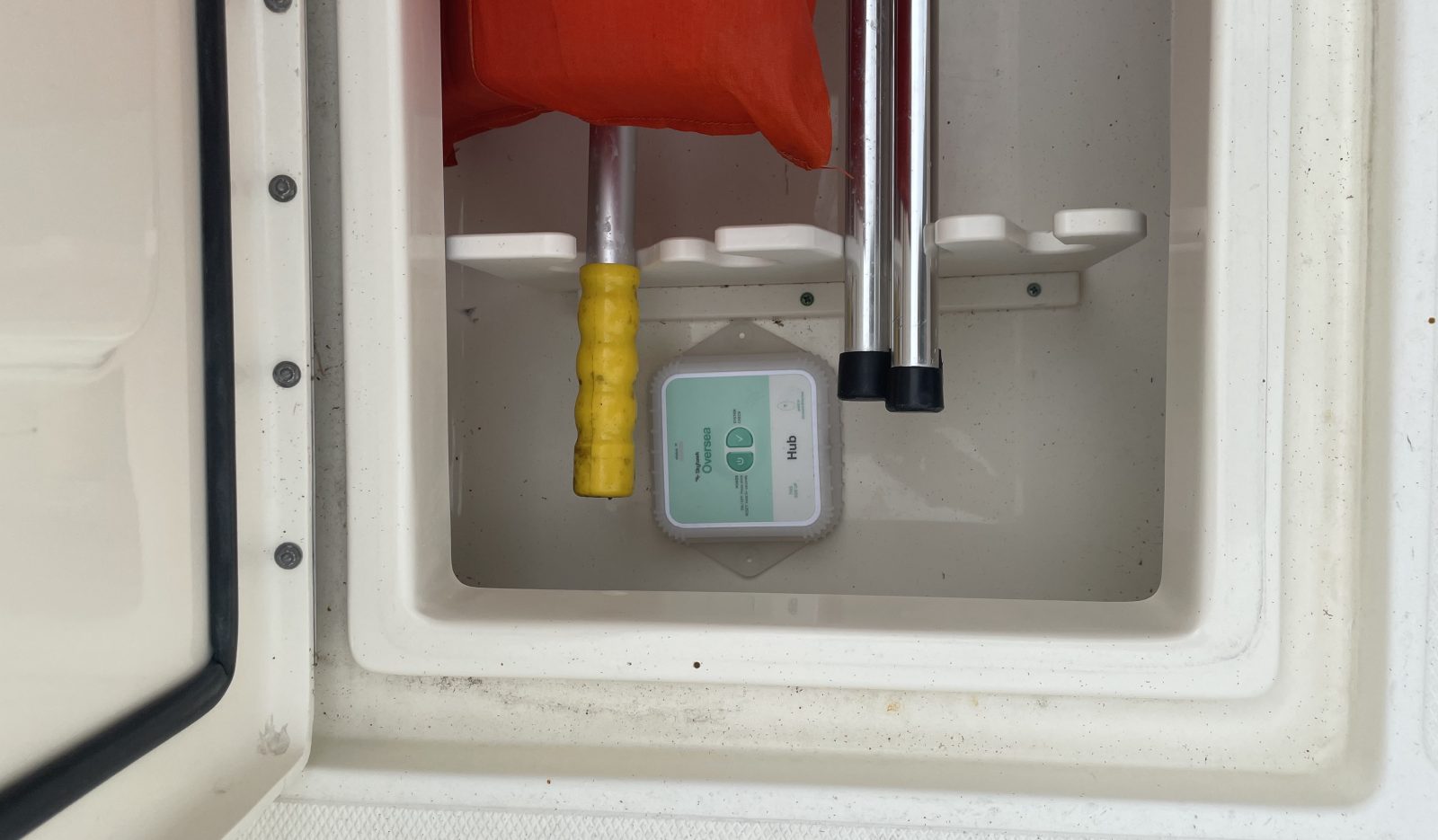
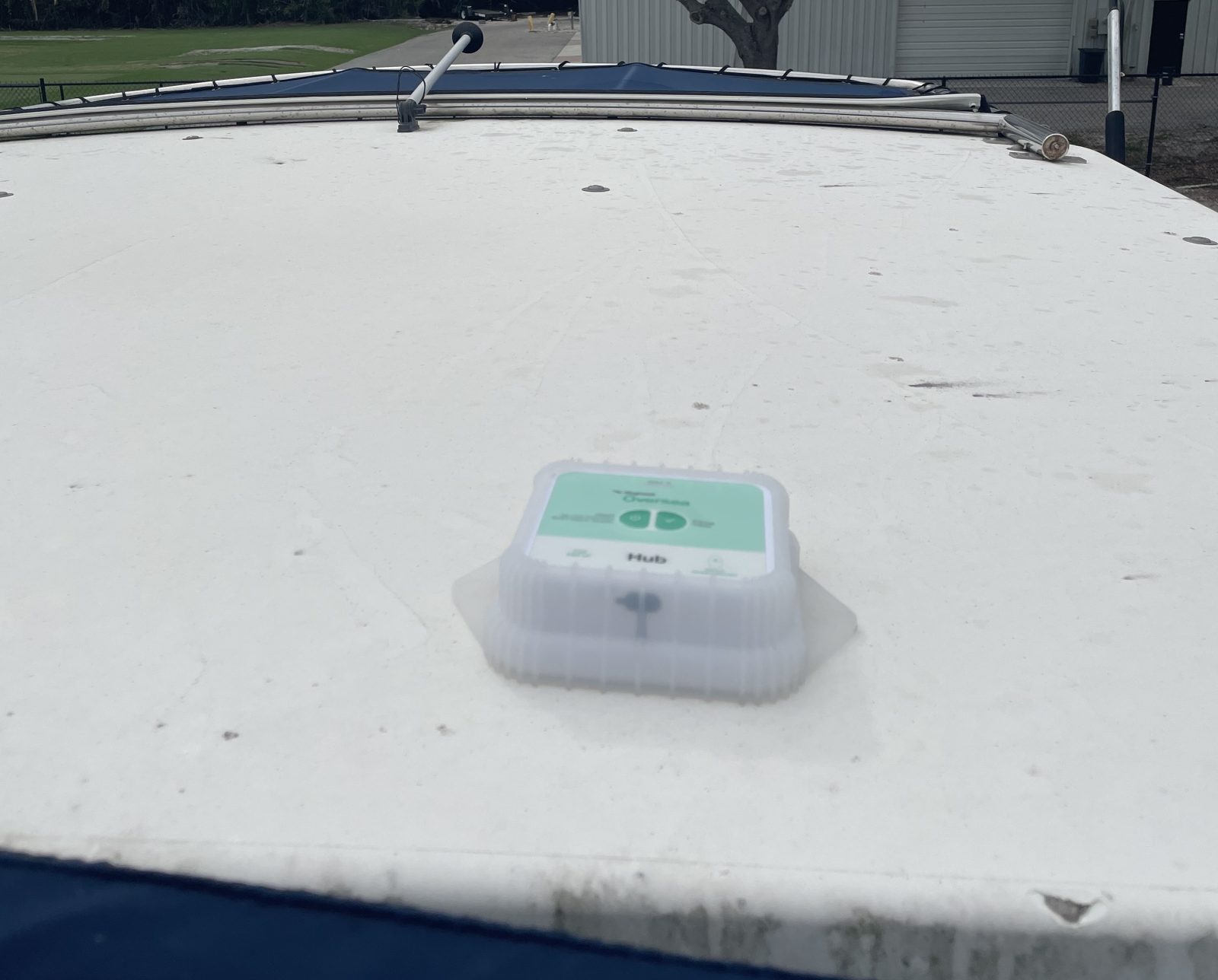
In most monitoring solutions, the hub or main unit is the heart of the system. Communications with the monitoring company’s servers for a given boat all come from the hub associated with that vessel. Any accessory sensors are either directly connected or wirelessly paired to the hub. But Skyhawk doesn’t pair the sensors to the hub at all. Instead, each sensor ties to a boat in Skyhawk’s servers but not at the hub level. That means any Oversea hub will relay any message from an Oversea sensor in range. Plus, the hubs can be placed almost anywhere, directly exposed to the elements.
The approach is similar to Apple’s handling of AirTag messages. AirTags update their location with Apple’s servers anytime an iPhone is in range. The iPhone in question need not belong to the same person as the AirTag. Apple has a significant advantage due to the ubiquity of iPhones and hence the very high probability an iPhone will come in range of an AirTag.
If a single owner has multiple boats stored in the same location, they could use one hub for all of their boats. However, monitoring of all the boats would be limited to when they’re in the same location. The sensors claim a range of up to 1,000 feet. However, I suspect that’s a best-case scenario number, and boats rarely provide best-case scenarios for RF transmissions. On larger boats where wireless sensor coverage can be difficult, multiple hubs could be used to ensure all sensors are covered.
Power efficiency
Skyhawk Oversea’s design theme is all about power efficiency. The system is designed to operate on three AA batteries for years without any power drawn from the monitored vessel. That’s quite an accomplishment. In my recent review of Sensar Marine’s monitor, I noted the impressive 40-day battery life that the system offers when not drawing power. Oversea delivers at least an order of magnitude more life.

Oversea applies the same power efficiency focus to each sensor. Each wireless sensor lasts five to ten years on a single set of batteries. Sensor options include battery, bilge pump, shore power, entry, motion, sound, and temperature/humidity/high water sensors.
Skyhawk delivers Oversea’s power efficiency by minimizing the time each component is awake and either transmitting or receiving. So, the hub only wakes up for a few microseconds to determine if there’s a pending sensor message or an incoming message from the cellular network. The hub and sensors remain in extremely low-power sleep states the rest of the time.
The app
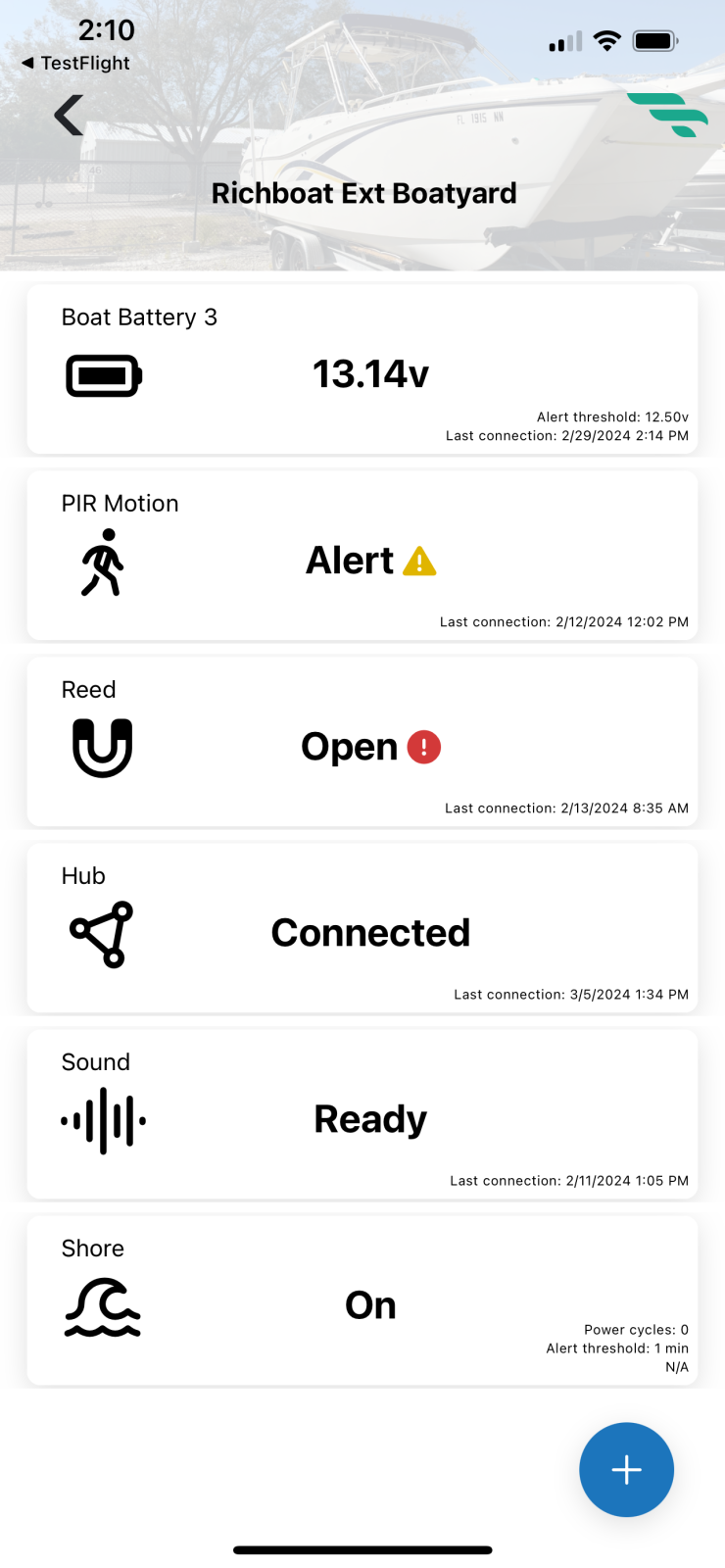
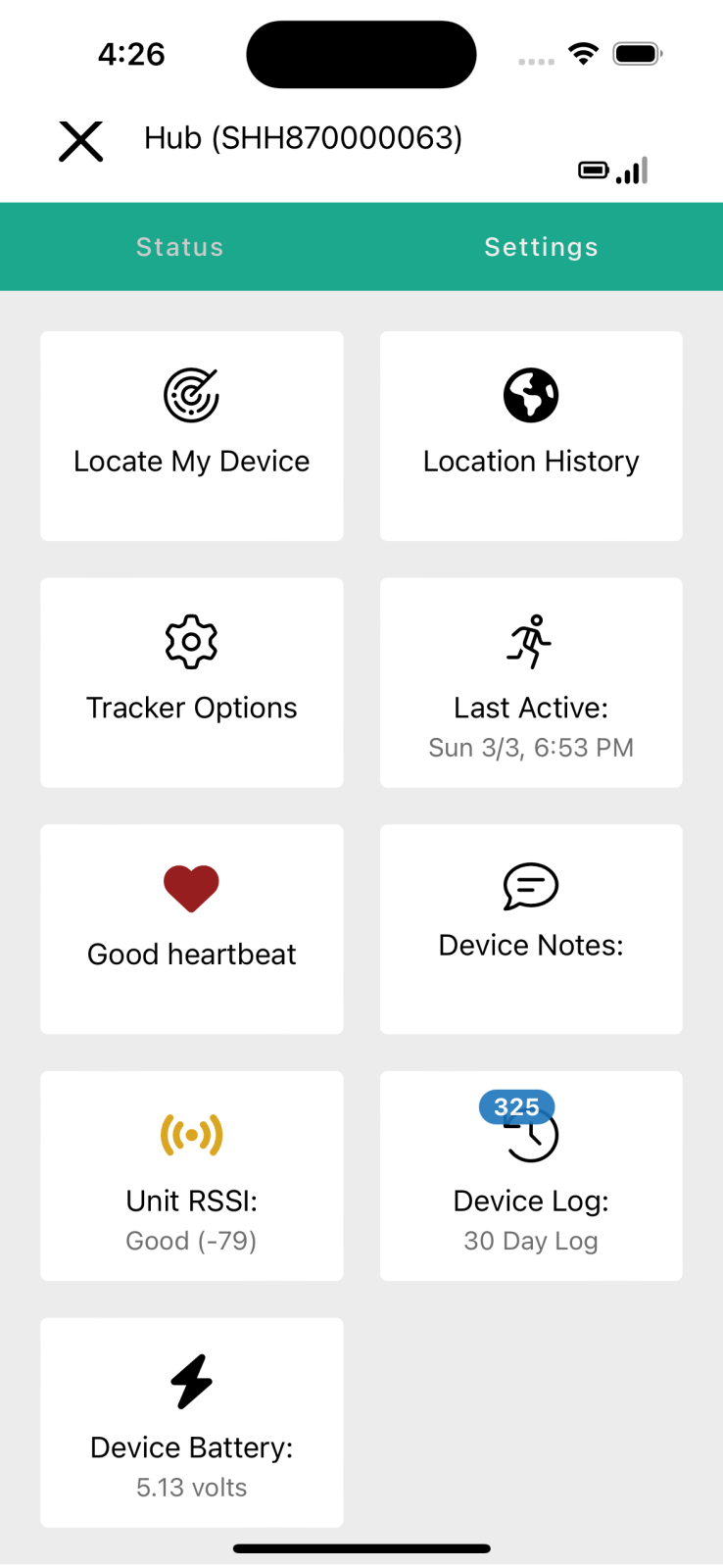
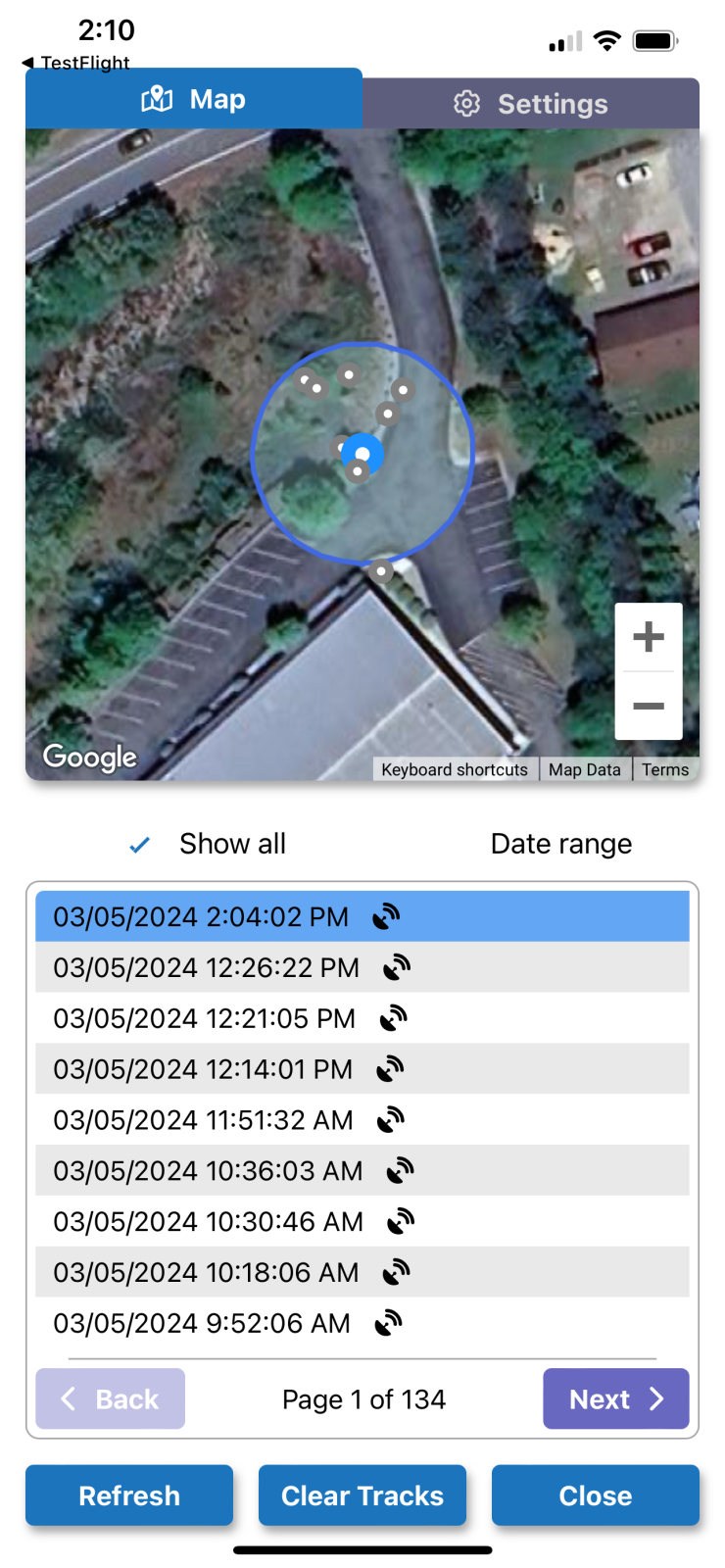
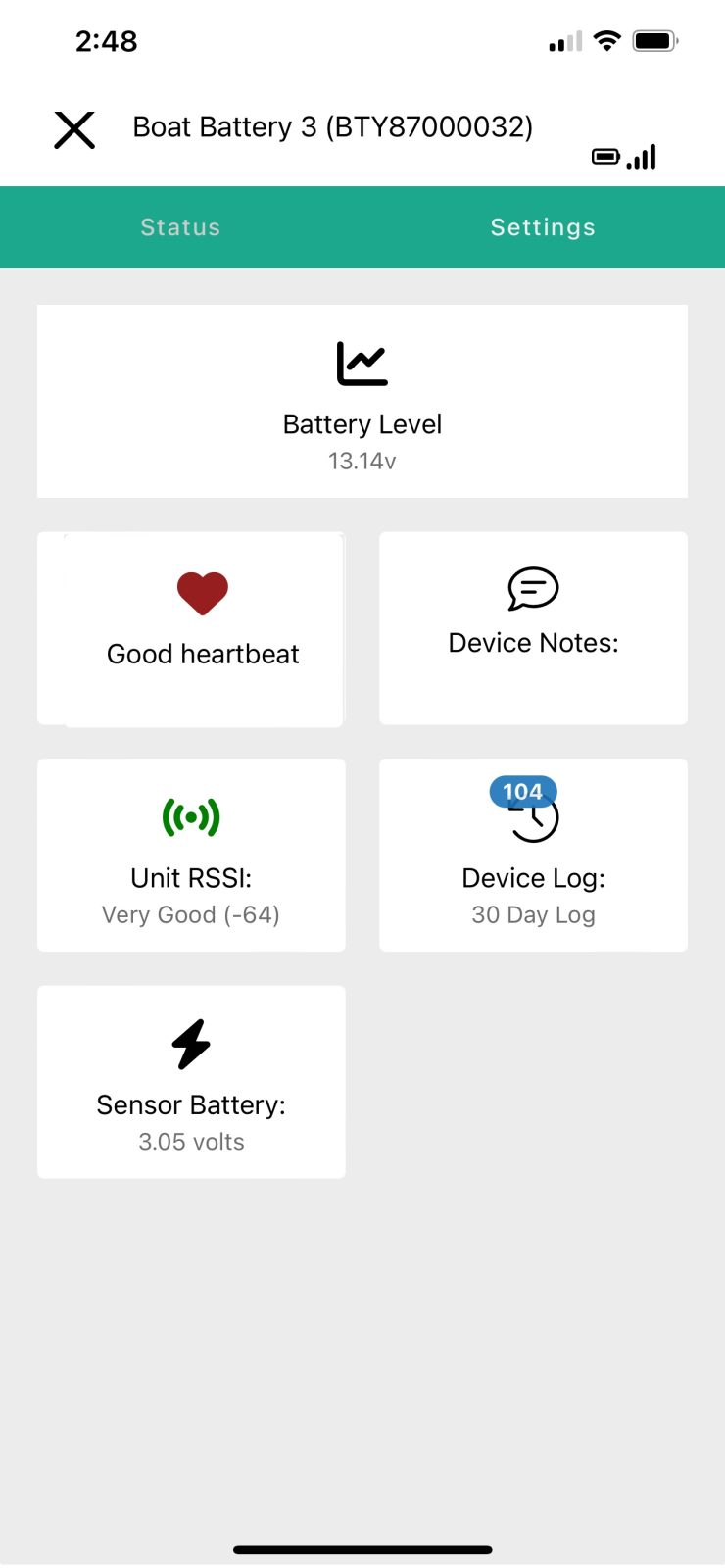
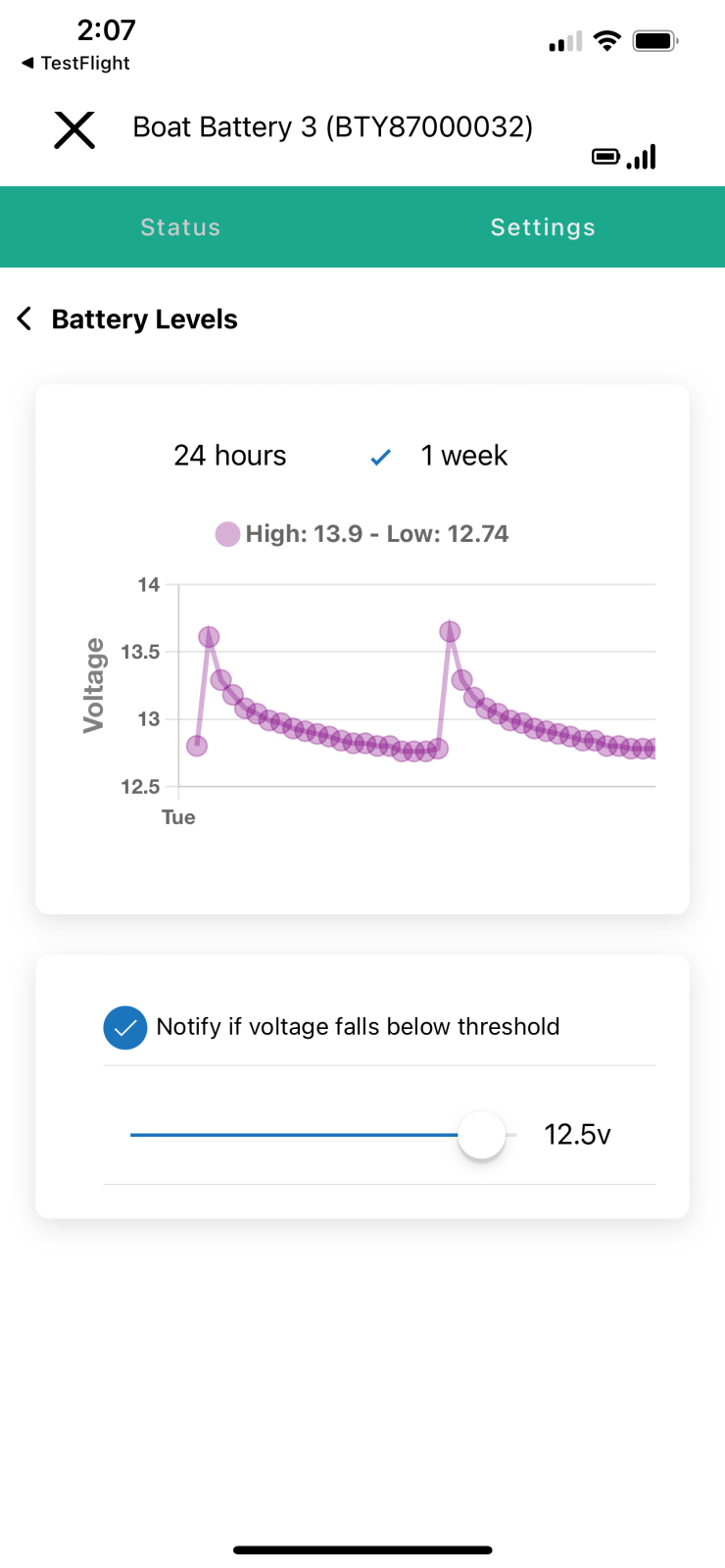
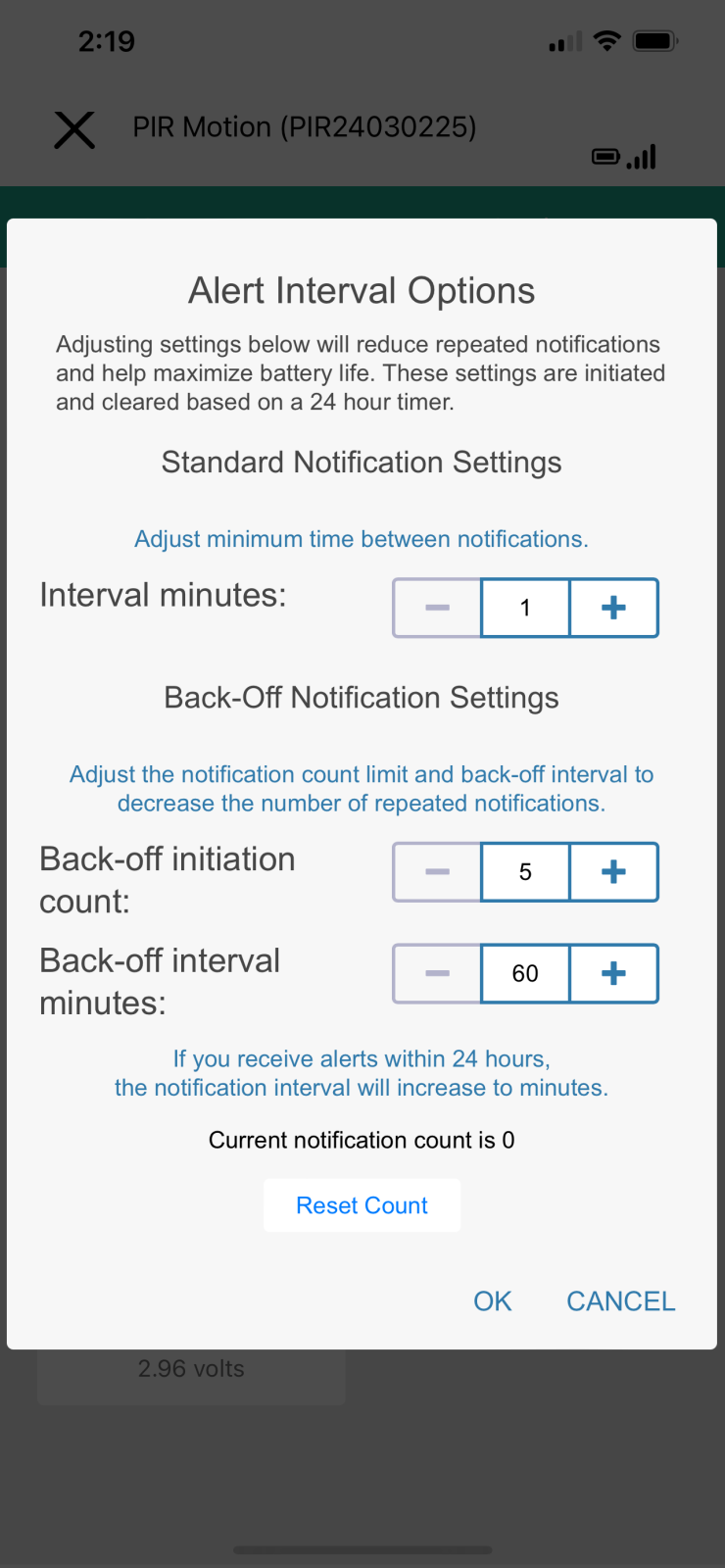
There are only so many ways to display monitoring information. Based on screenshots and my limited time with the Oversea app, Skyhawk appears to do a nice job displaying the basic information at a glance. Additionally, the user can drill down into each sensor type and data element to adjust alert thresholds and view historical data and logs.
The proof is in the pudding
Skyhawk makes bold claims about battery life, range, and reliability. So far, I’ve seen the system at a booth in a boat show. I can’t say with certainty that the system will work as advertised. But, my conversation with Skyhawk founder and CEO Ricahrd Shevelow provided plenty of reason for optimism. It appears Shevelow’s focus on the fundamental building blocks of the system will pay dividends in the system’s performance.
In my testing of other systems, every system with a wireless sensor has been prone to issues. Shevelow is confident the Oversea wireless sensors will work reliably over larger distances than those encountered on recreational boats. I hope he’s right, and I look forward to testing a truly wireless system with nearly no installation.
Cost and availability
Skyhawk plans to star shipping Oversea later this spring. They’re currently offering pre-launch discounts. Pre-launch, a hub retails for $249 and most sensors are $64.00 each. They also offer starter bundles and add-on sensor bundles. In quantities of 3 or more, sensors are $49 each. On annual subscriptions, a monitoring subscription for the hub will cost $15.00 per month, and monitoring for sensors will be $5.00 for each pack of three sensors. Note that Skyhawk’s pricing model is pretty different from what we’ve seen previously. Because the sensors aren’t necessarily tied to a hub, their service is charged separately. I understand this approach, but I also wonder if at least the first three shouldn’t be built into a hub subscription.




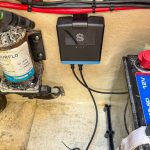









Very much feels like they are using LORA for this…
How does this compare with the Siren Alarm system? Thanks.
The Oversea wireless tech looks quite interesting, but the system seems to be missing a bilge high-water sensor. Monitoring a bilge pump — as Oversea does — is useful, but a normally dry boat with a broken bilge pump will not be protected if it springs a leak. I particularly like how the Sensar monitoring system measures actual bilge water depth while also watching pump cycles, and note that Siren offers both high-water and bilge pump sensors. Seems like Oversea could easily add a high-water sensor and I hope they do.
Ben,
I took a look and it seems their Temp sending module can also do high water with a prong sensor.
Thanks, Colin!
In fact, the Temperature, Humidity and Water Sensor seems specifically designed to alarm a bilge high water situation:
https://oversea.boats/shop/temperature-humidity-water-sensor/
So sensor naming could be improved, but this is a pretty complete monitoring solution as is.